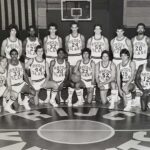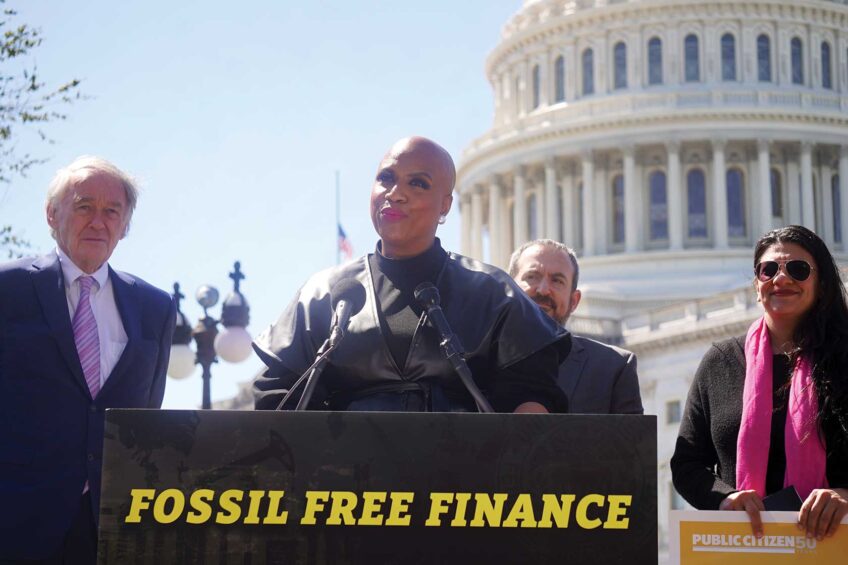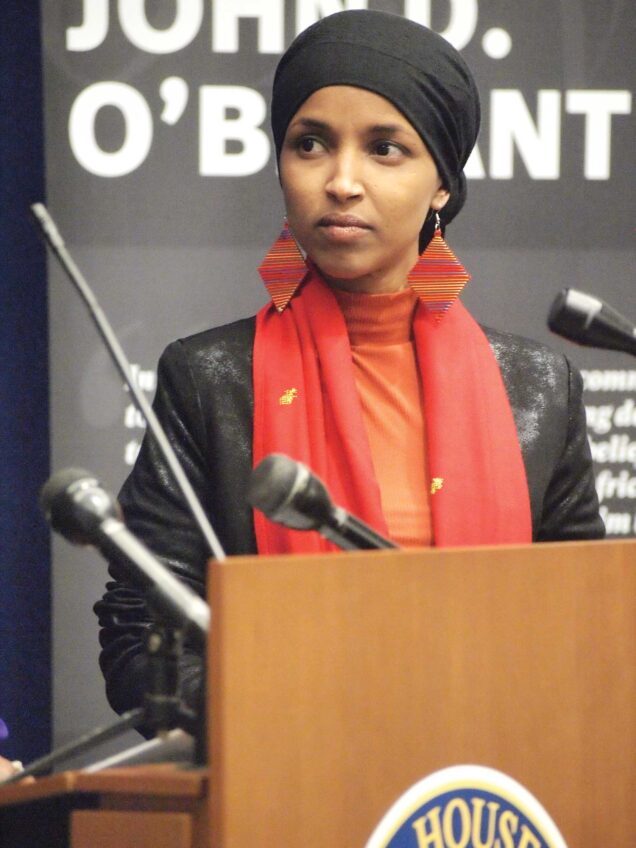
When President Barack Obama suggested that Washington Redskins owner Dan Snyder consider changing the name of his football team, a long-simmering debate over racially charged symbols came to a full boil.
Activists who have spent their careers fighting to change the use of team names and mascots considered racist or insensitive were overjoyed. Defenders of the status quo were embittered, attacking the president’s statement as political correctness run amok.
Toward the end of a press briefing that had focused on the government shutdown and foreign policy, the president, almost as an aside, brought up Washington’s popular NFL team.
“I’ve got to say that if I were the owner of the team and I knew that there was a name of my team – even if it had a storied history – that was offending a sizeable group of people, I’d think about changing it,” said the president.
Chief Joseph Brings Plenty of South Dakota’s Cheyenne River Sioux tribe applauded the president’s statement, calling the current team name “destructive and racist.”
“It’s good to know that we have a president here who understands how that makes a person feel,” said the Lakota leader. “If that change was to be made, I would be happy with it.”
The D.C. football franchise got its start as the Boston Braves in 1932 and was renamed the Redskins a year later. The team retained the name when it re-located to the nation’s capital in 1937. In spite of sold-out games and national titles, critics have slammed the team for reducing a race to its skin color.
Though the word “redskins” is considered derogatory, Snyder defended the name of his team in the wake of the commander-in-chief’s comments.
“I respect the feelings of those who are offended by the team name,” he wrote in an open letter to Redskins fans. But, he added, he had no plans to change it. Citing the racial makeup of the inaugural Redskins team in 1933, on which four players were Native Americans, Snyder called the name “a badge of honor.”
However, NFL Commissioner Roger Goodell was later quoted saying that Snyder was “way down the road” in considering a name change. “I’m confident he’s listening,” said Goodell. “I’m confident he feels strongly about the name but also wants to do the right thing.”
Accusations of racial insensitivity against Redskins management recall the fight to integrate the team in the majority-black city. It was only in 1962, 16 years after the rest of the NFL integrated, that owner George Preston Marshall finally agreed to allow African Americans to suit up. Marshall did so under duress; President John F. Kennedy declared that a segregated team would not be allowed to play in D.C.’s federally owned stadium, which today bears his slain brother’s name.
Until then, Marshall had reveled in owning professional football’s last segregated team, famously announcing, “We’ll start signing Negroes when the Harlem Globetrotters start signing whites.” Marshall’s successors have shown more sensitivity, making Doug Williams the first black quarterback to hoist the Vince Lombardi trophy after the team routed the Denver Broncos in Super Bowl XXII.
Marshall is also the man who named the Redskins. According to Thomas G. Smith, author of “Showdown: JFK and the Integration of the Washington Redskins,” Marshall forced the players and the coach, William “Lone Star” Dietz, who years before had falsely claimed Indian heritage to attend the Carlisle Indian School and play alongside Jim Thorpe, to wear war paint and do Native American dances on the field before each game.
The fight over team names remains a touchy subject at every level of athletics. Here in the Bay State, Chief Caring Hands of the Natick Praying Indians led a successful battle to force the town of Natick to drop “Redmen” as their team name. A descendant of the Wampanoag band that greeted Puritan settlers on Boston’s western frontier, she helped convince the Natick School Committee to change the name to the “Redhawks” during emotional testimony in 2008 before a packed municipal hearing.
Caring Hands compared the use of Redmen and Redskins to racial slurs against blacks.
“It does equate to the n-word,” she says, adding that non-Indians have no right to tell Native Americans not to be offended by the use of demeaning names. “Nobody should be saying, ‘You shouldn’t feel this way.’ “
At the collegiate level, Dartmouth College, founded in 1769 to educate Native Americans, dropped its use of “Indians” in the 1970s. The move provoked an angry backlash from alumni and students accustomed to dressing in native costumes and aping Indian rituals in alcohol-fuelled pre-game antics.
Phil Odence, a 1979 Dartmouth graduate, said he resented the substitution of “Big Green” for “Indians” until conversations with classmates changed his mind.
“I wore an Indian on my rugby jersey and played next to a part-Native American guy who didn’t give a damn,” said Odence, a software executive now living in Cotuit, Mass.
“Ultimately, I talked to enough Native Americans who were honestly offended by the whole thing that I came around to thinking Dartmouth made the right decision. I can understand those who want to preserve traditions. I was the same way. But those who defend the use of ‘redskins’ probably haven’t spoken to many.”
Citing the impact on children, the American Psychological Association in 2005 passed a resolution calling for the immediate retirement of American Indian mascots, team names and symbols. The resolution cited several studies concluding that such symbols “have a negative impact on the self-esteem of American Indian children.”
In contrast to the Redskins dust-up, the Florida State Seminoles’ use of the tribal name is officially sanctioned by the Seminole Tribe of Florida. A mascot based on a stereotype, like the grinning cartoon brave in the Cleveland Indians logo, and one based on a specific tribal name and local identity can evoke fundamentally different responses.
Another issue cited by critics is the virtual invisibility of Native Americans in the stands and in the management of sports teams using Indian names and symbols.
The 19th-century Irish bristled at Thomas Nash cartoons depicting them as a drunken, brawling race. However, the use of a belligerent leprechaun as the mascot of the “Fighting Irish” of Notre Dame has been embraced on campus, where Hibernians abound among the board, the student body, and the faculty. The leprechaun, for many devoted fans of the South Bend school, is a feisty symbol of Irish pride rather than a lingering stereotype of poor self-control.
To Chief Brings Plenty, there is nothing flattering about the “Fighting Sioux” of the University of North Dakota, which last year dropped the moniker after a long campaign.
He recalled that on game days before the name change, opposing teams would display posters with drawings of the team’s Indian mascot being beaten or humiliated, triggering bitter memories of the battles for sovereignty and dignity against the guns of Manifest Destiny.
On one occasion, North Dakota played a team whose mascot was a buffalo. “They had a buffalo mounted up on an Indian,” said the chief. “When the North Dakota name changed, I felt good.”
Brian Wright O’Connor contributed to this report.






